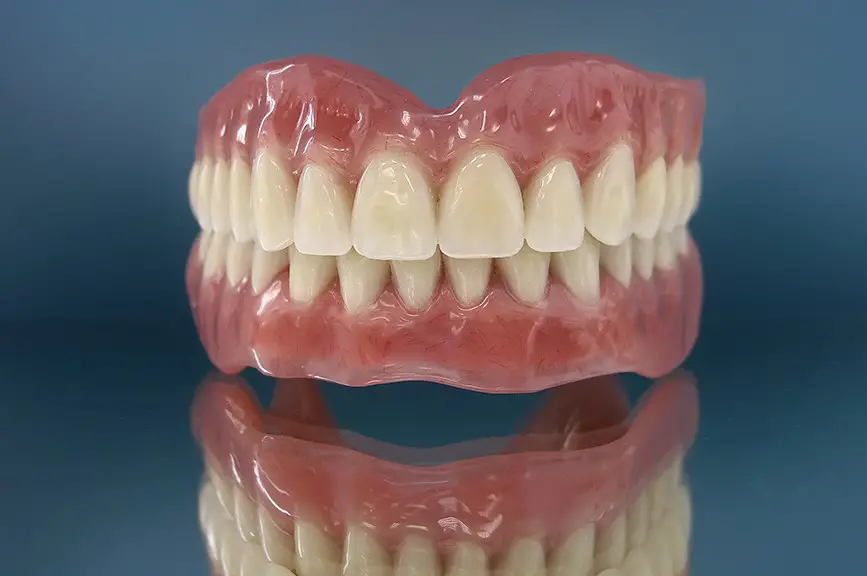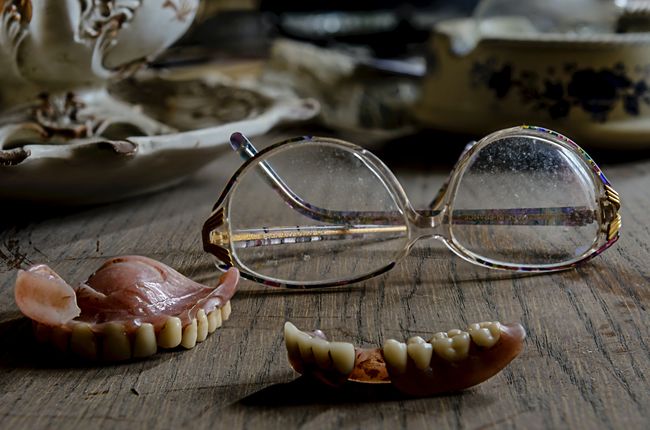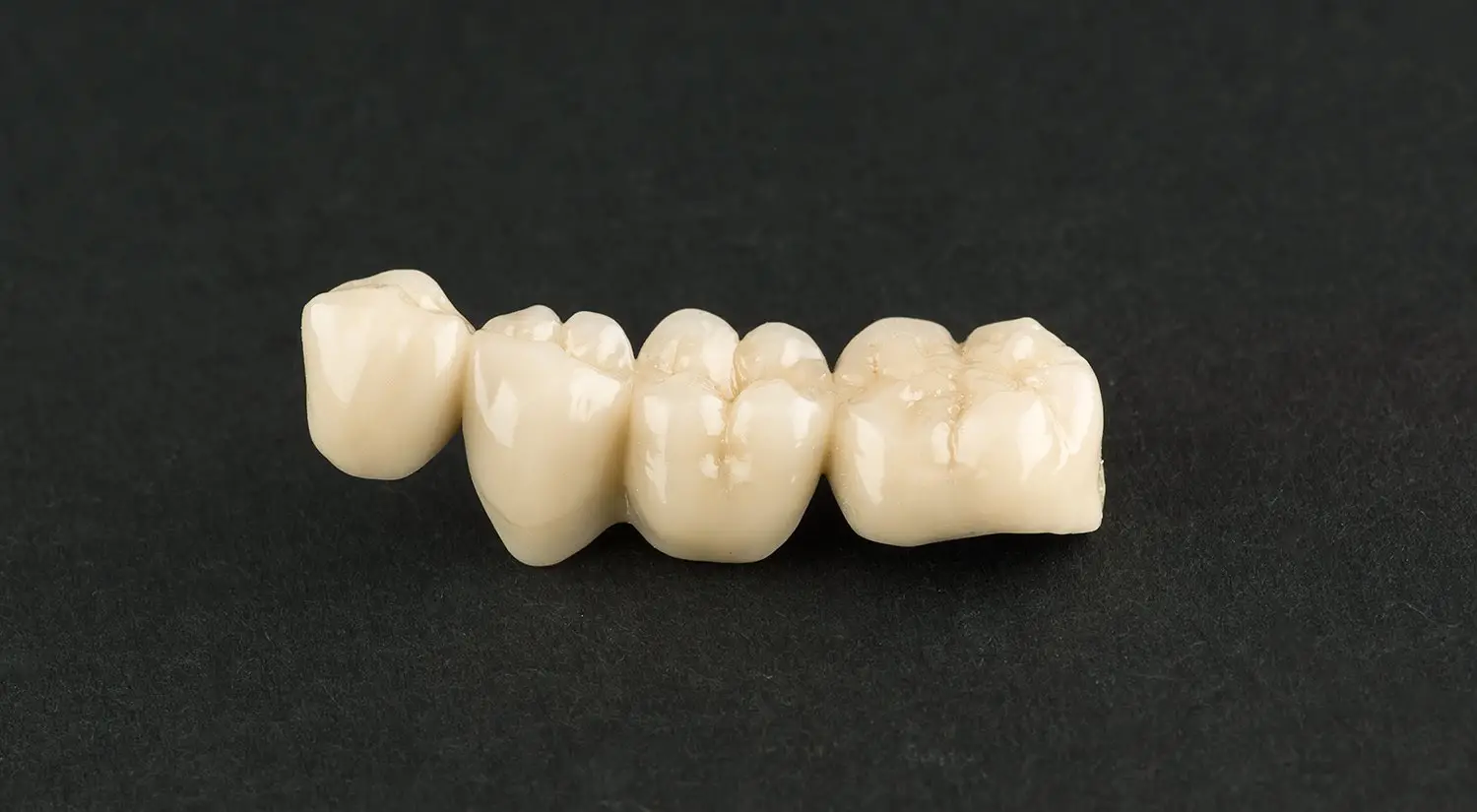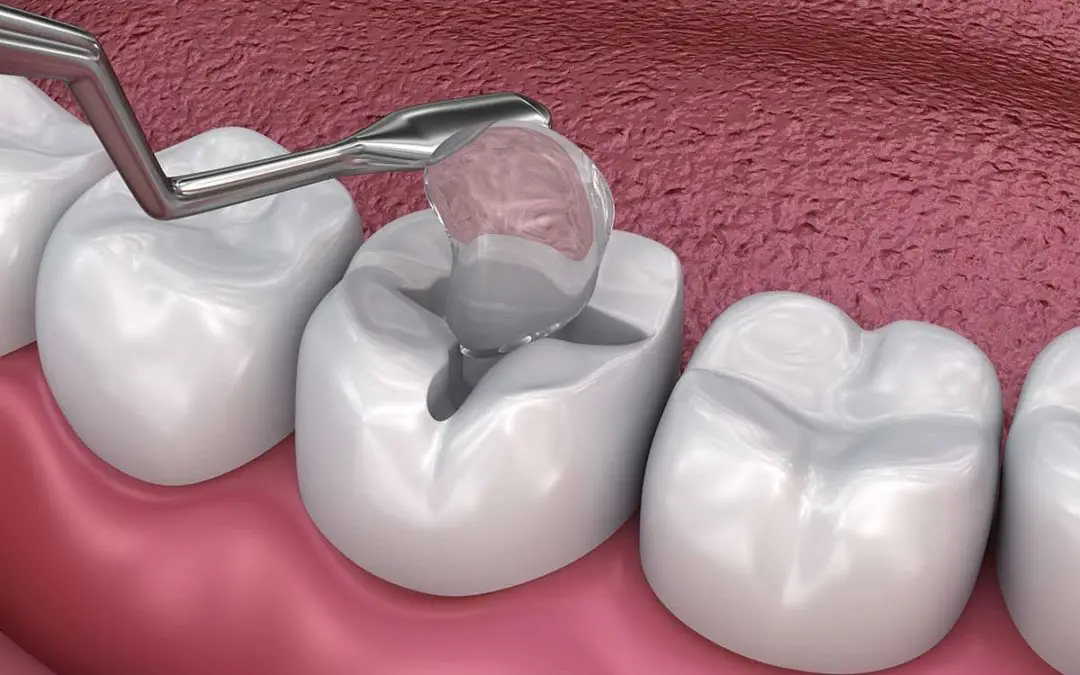No one likes dealing with tooth pain or the prospect of losing their pearly whites. Luckily, root canal therapy has come to the rescue for countless individuals facing severe tooth decay or infection. A root canal, also known as endodontic therapy, is a dental procedure aimed at saving an infected or severely decayed tooth. This treatment involves removing the damaged pulp from the inside of the tooth, cleaning and disinfecting the area thoroughly, and then filling it to prevent further infection.
The pulp refers to the soft tissue located in the center of your tooth that contains blood vessels, nerves, and connective tissues. When this pulp becomes infected due to deep decay or trauma, it can lead to excruciating pain and potential tooth loss if left untreated.
Signs and Symptoms That Indicate You May Need a Root Canal
Is your tooth causing you pain or discomfort? Are you experiencing sensitivity to hot or cold temperatures, or maybe even swelling in your gums? These could be signs that indicate you may need a root canal procedure. It's important not to ignore these symptoms as they can worsen over time and lead to further complications.
- One common sign that suggests the need for a root canal is a persistent and severe toothache. This pain typically does not go away on its own and may worsen when chewing or applying pressure. Another indication is prolonged sensitivity to hot and cold foods or beverages. If you find yourself wincing every time you indulge in a sip of coffee or bite into an ice cream cone, it might be time to consider a root canal.
- Gum tenderness and swelling are also red flags that something may be wrong with the pulp inside your tooth. The infected pulp can cause inflammation, leading to discomfort in the surrounding gum tissue. Additionally, if you notice any discoloration of the affected tooth, it could mean that the nerve within has been damaged and requires intervention.
- It's essential to pay attention to any changes in your oral health and seek professional advice from a dentist if you experience these symptoms. Remember, only a dental professional can accurately diagnose whether a root canal is necessary based on their examination and X-rays.
The Procedure: Step by Step
First, your dentist will begin by numbing the area around the affected tooth. This ensures that you won't feel any pain during the procedure. Once you're numb and comfortable, the dentist will place a rubber dam around the tooth to keep it dry and clean. Next comes the crucial part - accessing the infected pulp inside your tooth. Your dentist will create a small opening in the top of your tooth using specialized tools. This allows them to reach all areas of infection and remove any damaged or decayed tissue.
Once all infected material has been removed, your dentist will thoroughly clean and disinfect the inside of your tooth. They may also shape the root canals for better filling placement later on. After cleaning, it's time to seal off those cleaned root canals with a biocompatible material called gutta-percha. This helps prevent reinfection while providing stability to support a crown or filling.
Depending on how much healthy structure remains in your natural tooth, your dentist may recommend placing either a temporary filling or permanent restoration like a crown over it.
Dr. James Thurber DDS, located in Lubbock, TX, has modern amenities and the latest technologies that enable the best dental care facilities for patients. Call us at (806) 745-6644 and book a consultation with the dentist.












